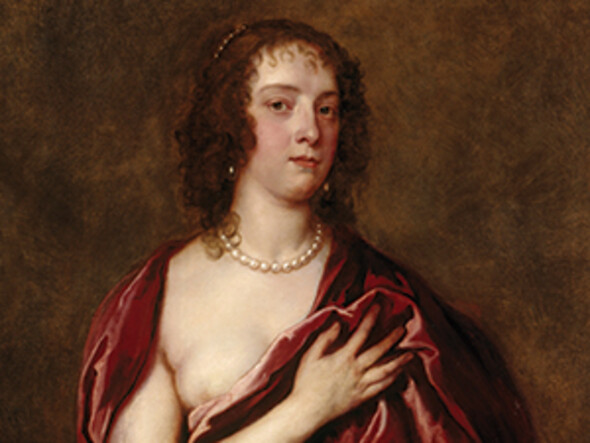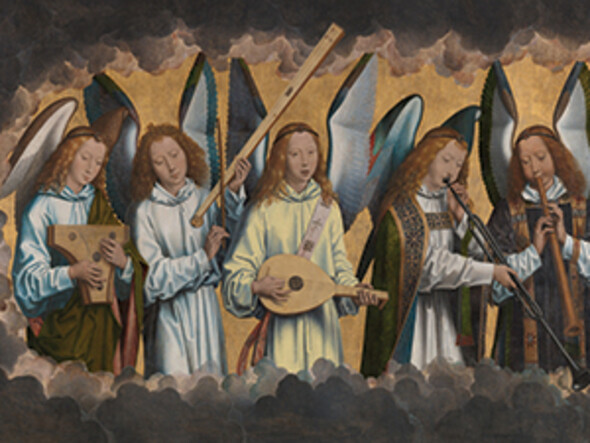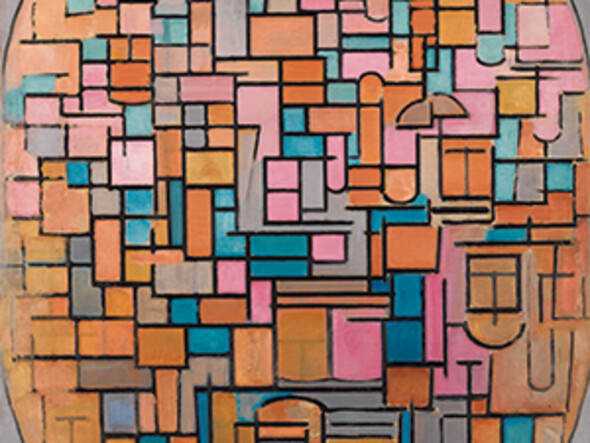Want to continue reading? Get 1 month digital access for only .
Subscribe now
By using this website you agree to our Cookie policy
One of the most intriguing narratives in contemporary British art is the steady transformation of Damien Hirst from enfant terrible into Grand Old Man. Few contemporary artists have placed themselves so unequivocally in the old-master tradition. Early works such as A thousand years (1990), a vitrine containing a cow’s head, maggots and flies, demonstrated an engagement with themes of mortality and decay that have a long ancestry in Western art, as the exhibition of the work alongside five triptychs by Francis Bacon at the Gagosian Gallery, London, in 2006, made strikingly obvious.1
In his portraits Paul Cézanne avoided all the accepted attributes of the genre as it was understood in the late nineteenth century. His aesthetic programme ruled out attempts at ‘getting a likeness’, even if his images may be ‘like’ his sitters. One remembers here his comment to Ambroise Vollard of the ‘horrible resemblance’ of most conventional art as seen in the ‘Salon de M. Bouguereau’. He had no interest in social context; there are almost no telling settings for his figures; and he had no desire to flatter or to give an exaggeratedly ‘public’ characterisation.


